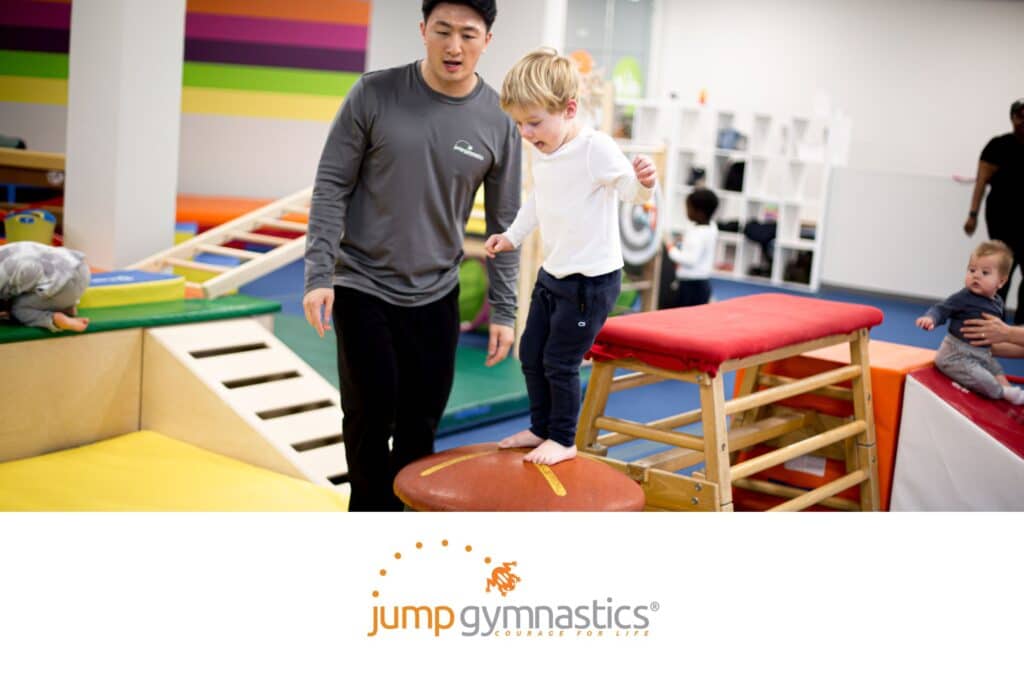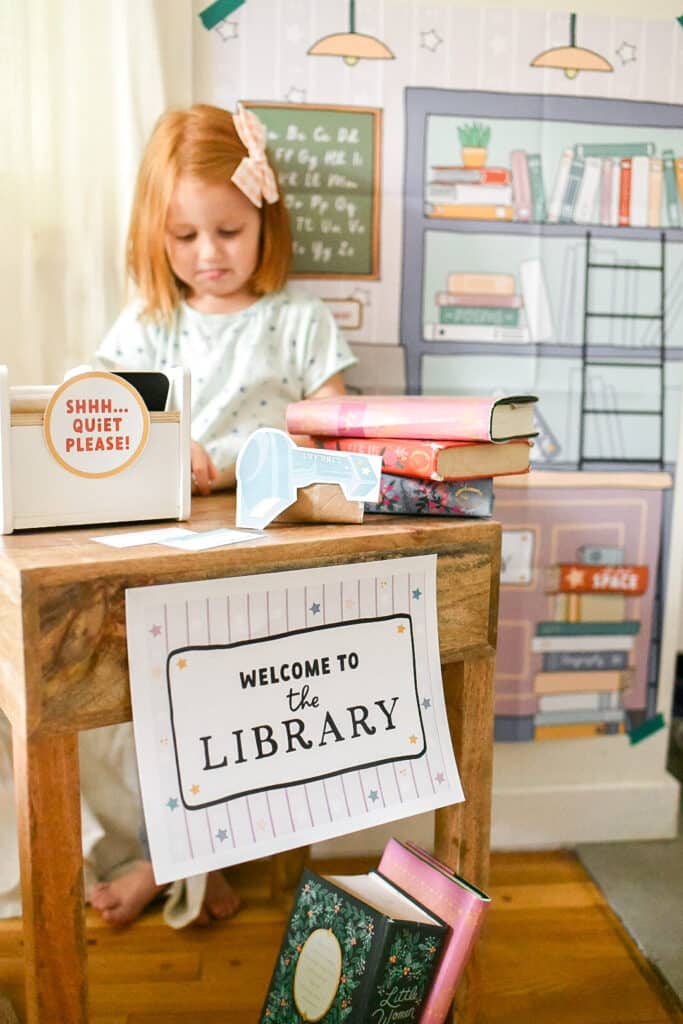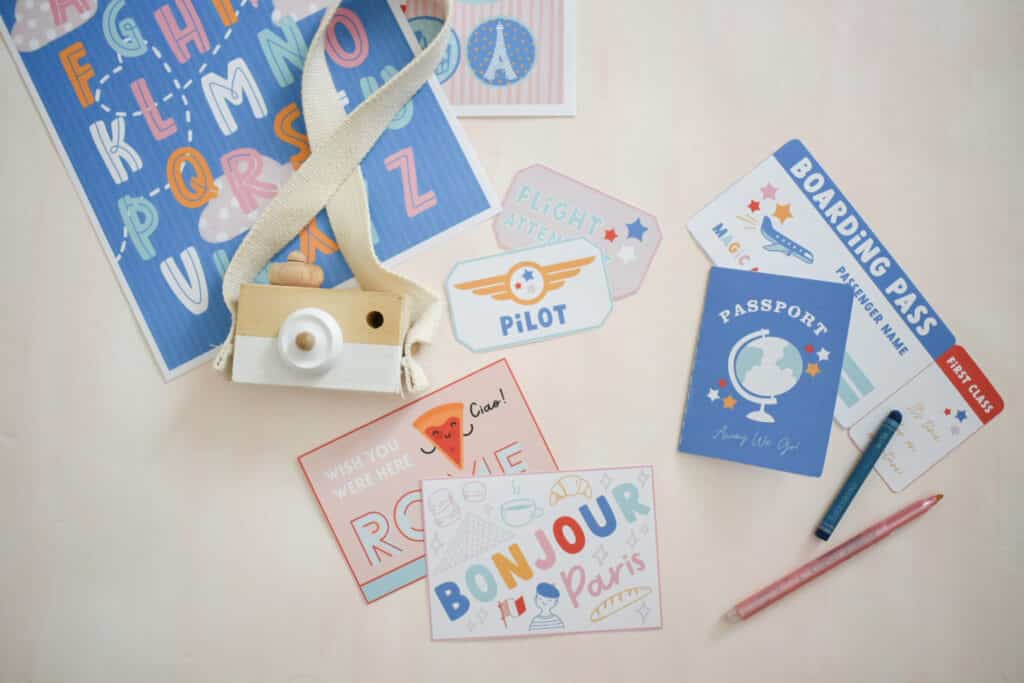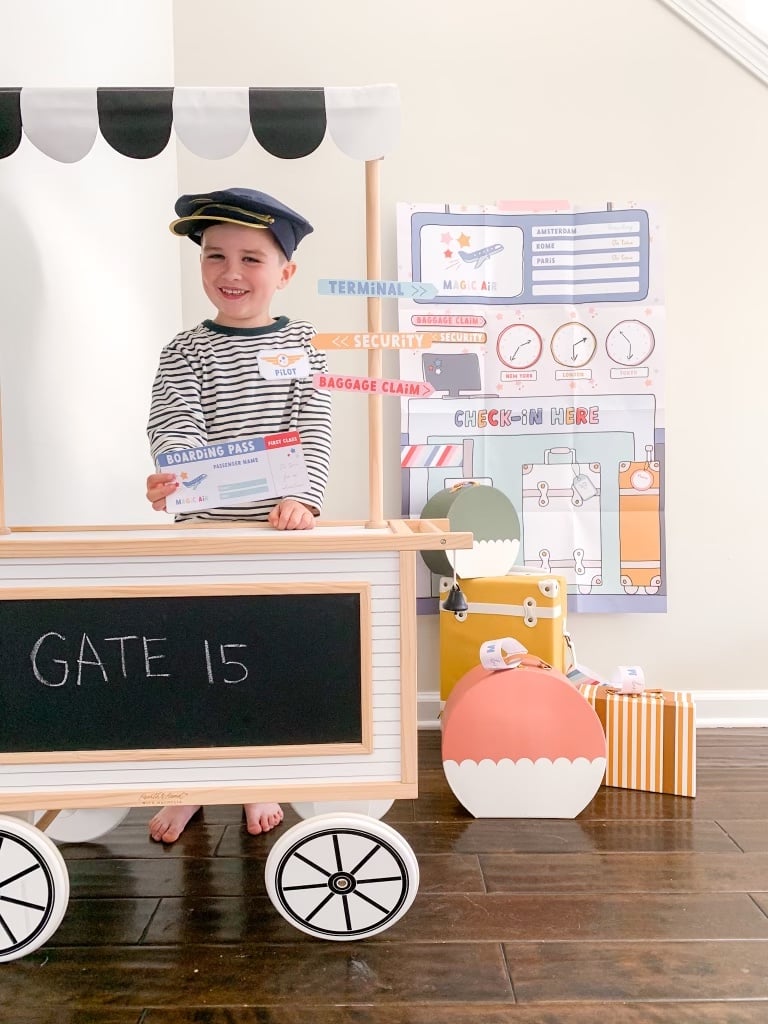The inspiring story of Jump Gymnastics
Jump Gymnastics is more than a business—it’s a mission rooted in community and inclusivity. As a proudly Canadian, female-owned, and female-led company, they understand the joys and challenges of parenting.


I am sure we have all heard of learning through play, or that play is the work of children. But what does that really mean? What exactly are they learning? Isn’t play supposed to be child directed? If so, how can we support that learning?
When you start to think about what learning through play really means, it can easily start to feel overwhelming; but with a basic understanding of what can happen during play, you can quickly begin to see that learning with your own two eyes. There are many different ways children play, and in this article, I will focus on the dramatic play, where children take on different roles and act them out.
Dramatic play can seem simple. Children may pretend to be at a store and buy the same item over and over, or it can be more involved with costumes, different characters and complicated storylines. Either way, children are working on important skills.

One of those skills is language; they are using words in context that they may otherwise not have much opportunity to use. For example, think about a child who has just flown on an airplane for the first time; they were exposed to new vocabulary. When they pretend to be at an airport while they play, they have a chance to practice using those new words and in doing so, expand the way they understand their world.
Another important element of dramatic play is taking on the perspective of others, which helps develop empathy and compassion. Even very young children can start to experience this during play. Think about a toddler who is a picky eater. When they take on the role of the chef while playing, they are now the one in the position of offering food to others who may or may not want it, and that very well may be a whole new perspective for them.
As children get older and begin to imagine more complicated situations to act out, the characters they embody may be very different from who they are, and they have to work out what their character would do in different situations.
A great example of this is when kids play “bad guys.” So much of what children usually work on is making good choices, so taking on a role where they are someone who intentionally makes really hurtful choices is a big change. This ability to put ourselves in another’s shoes is one that we all, including adults, often must work on our whole lives, and you can see how the foundation can be begun, in part, with dramatic play.
While dramatic play can be a solo activity, it often includes others, so all these skills have to be negotiated in relation to collaborators. That adds a whole other layer to every element of play; just think, when playing together children need to communicate with each other, make joint decisions, share materials, and resolve conflicts. That is a lot to manage! When you take all that into consideration, it is no wonder play can be tiring.
So far we have looked at several components of dramatic play, but taking a step back, let’s also look at it as a whole. In dramatic play, children create a whole little world of their own, where they have the control, it is a safe space to try new things or to process what has already happened. This is a huge benefit.
I’m sure I don’t need to tell you that children love repetition, and in fact, it is how they learn. Some things are easy to repeat, such as a favorite book, but others are not as simple, like the first visit to a dentist. Through dramatic play though, experiences can be repeated over and over, allowing children to make sense of them.

The best part of all this is that while all this learning is happening, dramatic play is also fun! On top of that, there are some remarkably straightforward ways to encourage it. A few simple props can be inspiring. Try for a mix of open ended items, such as scarves or boxes, along with ones that are more oriented towards specific set-ups.
Sometimes less is more. For instance, having items out to create a café, fire station and a hair salon all at once may be too overwhelming. Instead, try one simple set up that you can rotate as needed. Also, pull in your child’s existing interests. If they love cars, set up a mechanic shop; or if they can’t wait for your beach vacation, set up a little souvenir shop!
Happy playing!
Early Childhood Expert, Emma Johnson of Magic Playbook (https://magicplaybook.com) – Emma has 10 years of experience teaching early childhood students. She has her Masters in Early Childhood Education from Portland State University. Magic Playbook is the original digital print-and-play kids activities subscription to inspire dramatic play. Designed as an easy resource for parents to put together fun, educational activities for their kids, each month’s Magic Playbook features seasonally-appropriate activities that will spark a child’s imagination and make everyday moments extraordinary.
Jump Gymnastics is more than a business—it’s a mission rooted in community and inclusivity. As a proudly Canadian, female-owned, and female-led company, they understand the joys and challenges of parenting.

A clean home filled with a loving family is a dream. Unfortunately, it’s challenging to maintain the household at times, especially when your little ones tend to run around and cause a little mischief at every corner Your first course of action is to get the whole family on the same page about having a…

ABC Life Literacy Canada is sharing ideas for families to make sure everyone will keep their literacy skills sharp this Spring Break. These include the following: 1. Sing it to Me: Play a song and then pause it. Ask your family to sing the next line – do they know it? 2. Pop-up Kitchen: Follow a…
